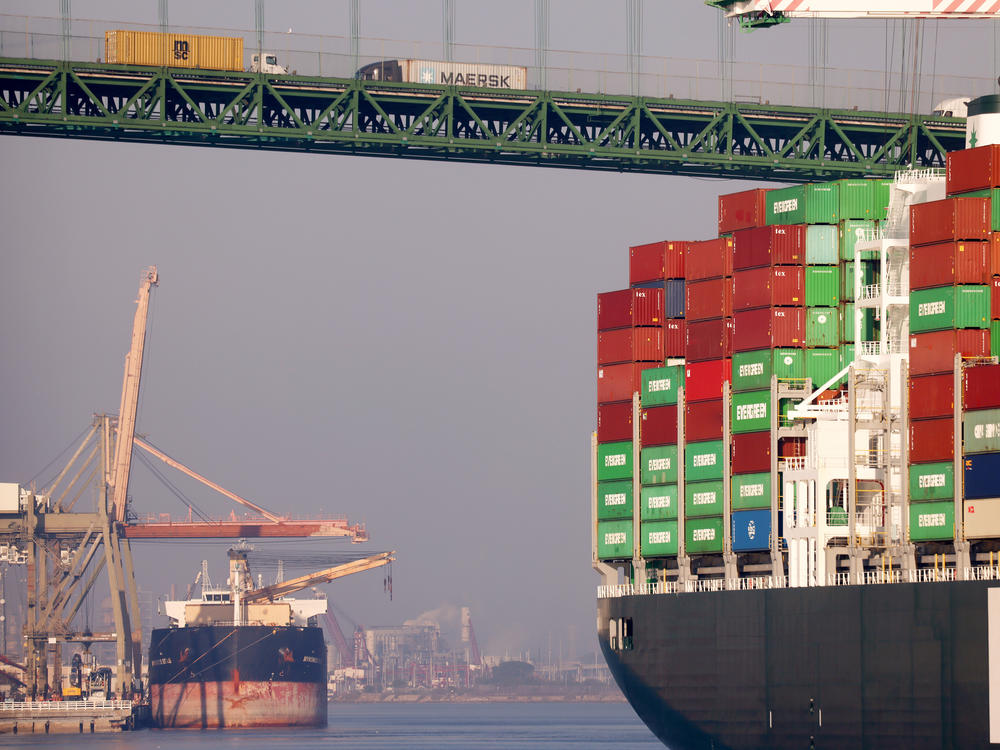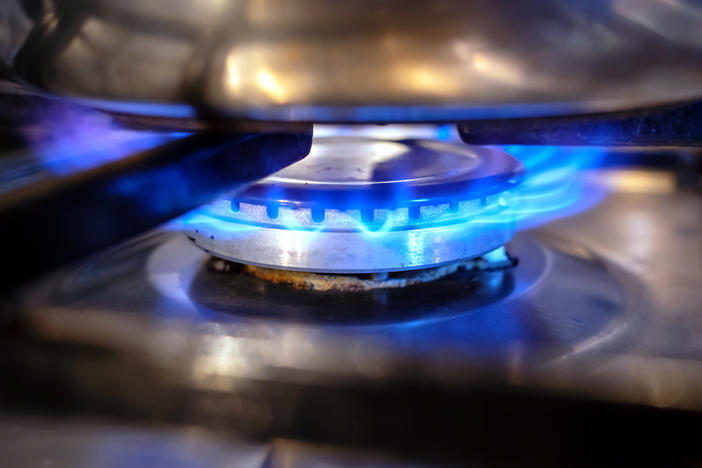Section Branding
Header Content
U.S. greenhouse gas emissions jumped in 2021, a threat to climate goals
Primary Content
U.S. greenhouse gas emissions rose by 6.2% last year compared with 2020, new data released Monday shows.
The spike was attributed to a slew of causes, including behavior changes after COVID-19 vaccines became widely available, the research firm Rhodium Group reported. But it also means governmental goals to combat climate change may now be in jeopardy, an outcome that environmental advocates say is alarming.
"It is clear that the climate crisis is upon us. It is having devastating consequences," Tiernan Sittenfeld, senior vice president of government affairs at the League of Conservation Voters, told NPR. "When we hear that emissions are going back up, that is extraordinarily worrisome."
People who stayed home and used less fossil fuels in the first year of the coronavirus pandemic returned to some of their old habits in 2021, the Rhodium Group found, with the large-scale distribution of vaccines ushering in an economic recovery.
Transportation, particularly for moving freight to meet high demand for consumer products, saw the steepest increase in climate-warming emissions in 2021, though it dropped off in the second half of the year as breakthrough COVID-19 cases rose and new variants spread.
Also contributing to the increase was a 17% spike in coal generation, driven by high natural gas prices. Although it was the first annual increase in coal generation since 2014, coal emissions were still 4% lower than they were in 2019.
The spike is throwing emissions targets off track
The jump in emissions suggests that the U.S. isn't on track to meet its commitment under the Paris climate agreement to cut 2005 emission levels by 50% to 52% by 2030.
"We need to see annual emission reductions of around 5% each year, and this year we saw emissions grow over 6%," Kate Larsen, a partner at the Rhodium Group, told NPR.
Still, the firm found that U.S. emissions in 2021 remained 5% below 2019 levels.
President Biden's marquee Build Back Better legislation would have allocated billions of dollars for clean energy as the administration works to drastically reduce emissions, but West Virginia Sen. Joe Manchin's rejection of the bill last month likely doomed it.
A warming planet makes extreme weather events more frequent and intense, and federal authorities say 2021 was no different.
A report also released Monday by the U.S. National Oceanic and Atmospheric Administration found that 2021 was one of the deadliest and costliest years on record for extreme weather and climate disasters, with 688 fatalities in 20 separate disasters causing damages in excess of $145 billion.
A version of this story originally appeared in the Morning Edition live blog.
Copyright 2022 NPR. To see more, visit https://www.npr.org.
Correction
An earlier version of this story incorrectly said the U.S. commitment under the Paris climate agreement is to cut 2005 emission levels by 50% to 52% by 2023. In fact, the target year is 2030.
Bottom Content




